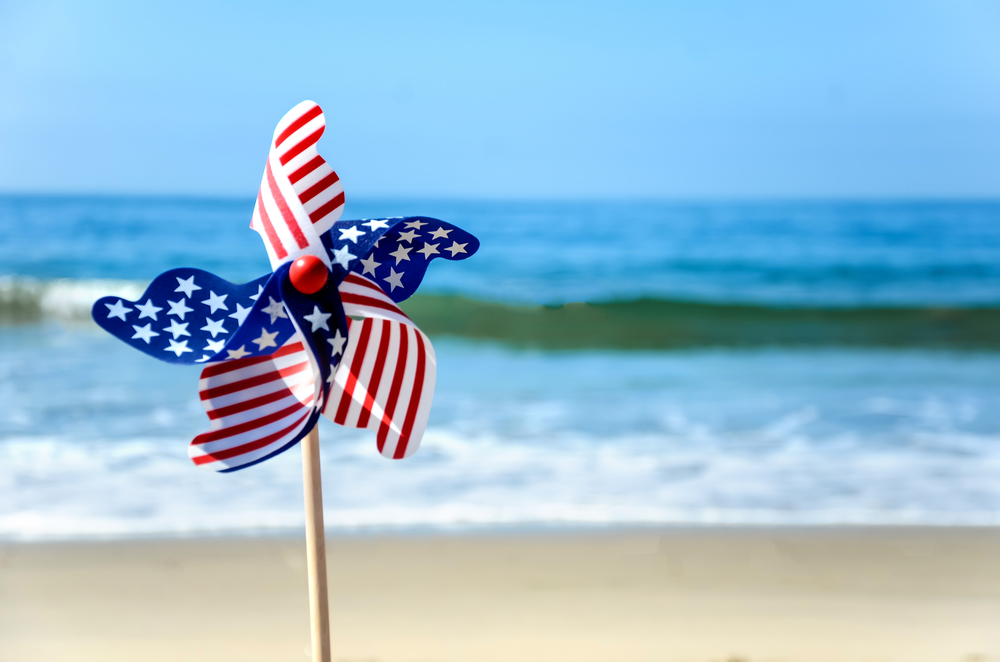
An estimated 46.9 million Americans will travel 50 miles or more for the Independence Day holiday period, according to AAA, reflecting the highest figure since AAA began tracking July 4th travel in 2000 as well as a 5 percent higher number of travelers than last year.
The holiday period is defined as July 3-8.
“This Independence Day will be one for the record books, as more Americans take to the nation’s roads, skies, rails and waterways than ever before,” Bill Sutherland, senior vice president of AAA Travel and Publishing, said. “Confident consumers with additional disposable income will look to spend on travel this holiday, building on an already busy summer travel season.”
The majority of travelers, 39.7 million people, will travel by car. They will experience the most traffic congestion on the afternoon of July 3, according to global transportation analytics company INRIX.
People living in large metro areas should expect delays and up to 2.3 times the usual traffic.
Gasoline prices have decreased nine cents since Memorial Day weekend, and airfare for the top 40 domestic routes is at its lowest level in five years. The average nightly rate at a AAA Two Diamond hotels is 11 percent higher, and the average daily cost of a car rental is 2 percent higher than 2017.